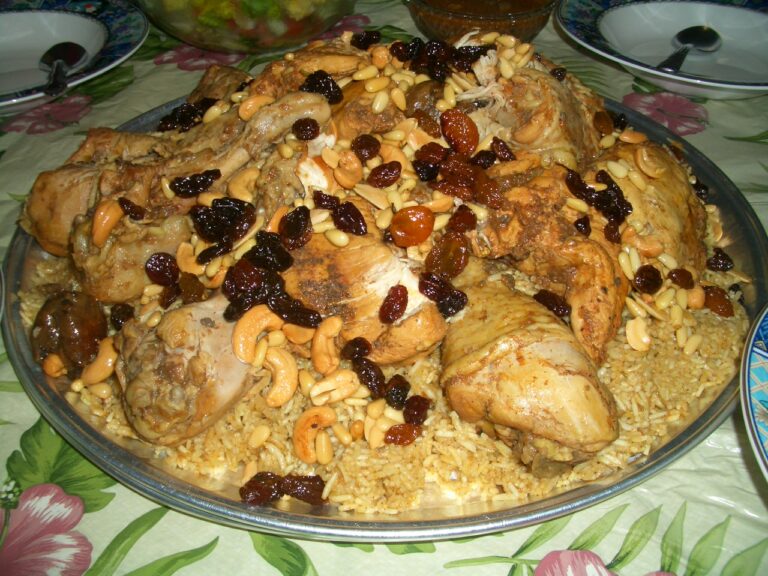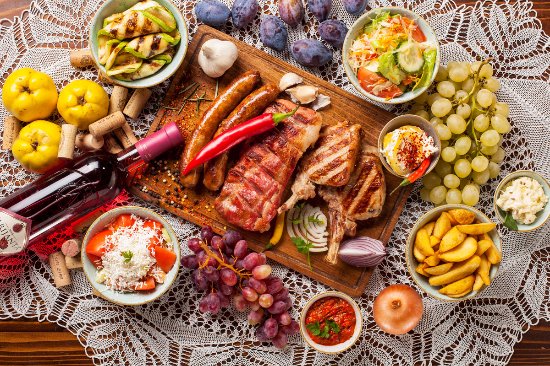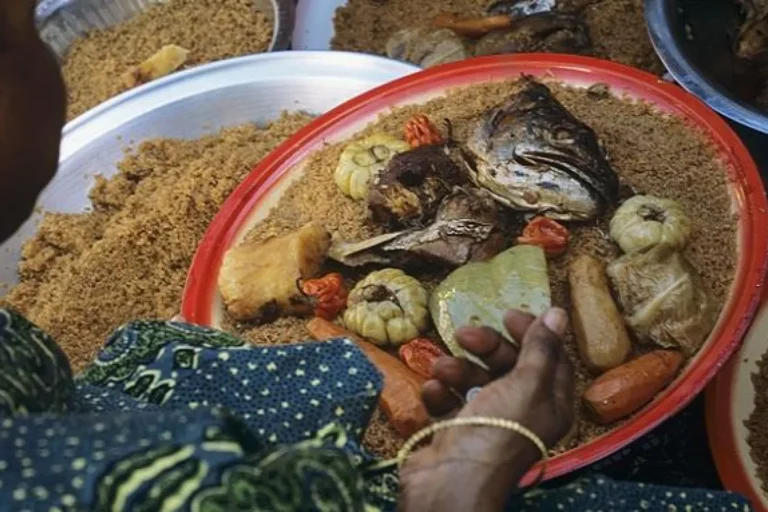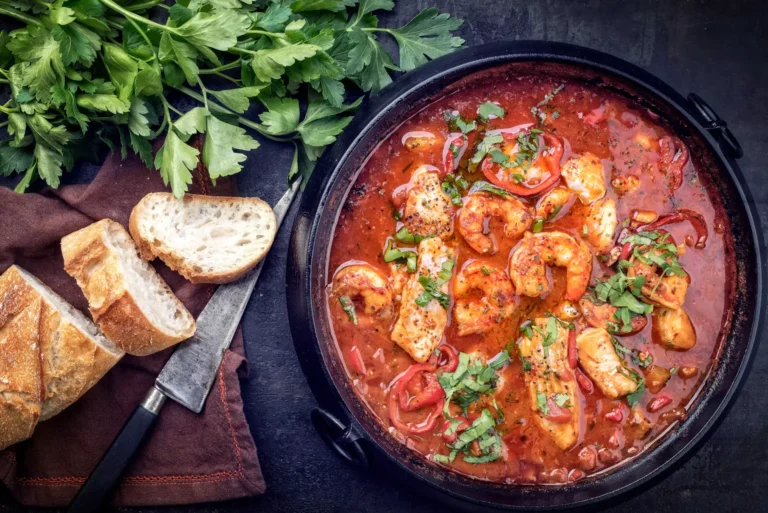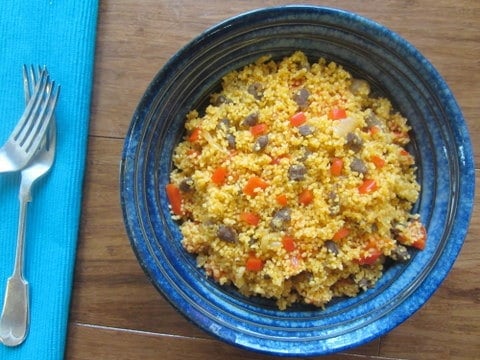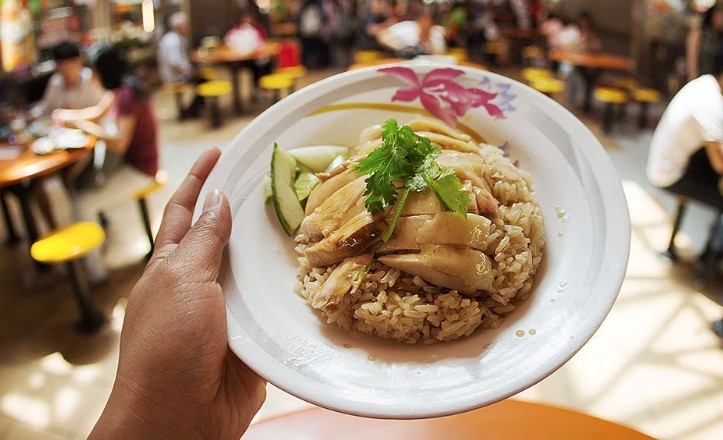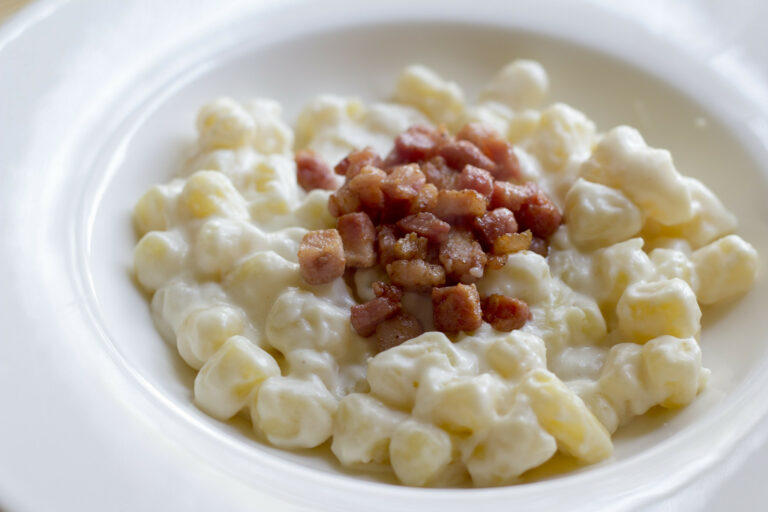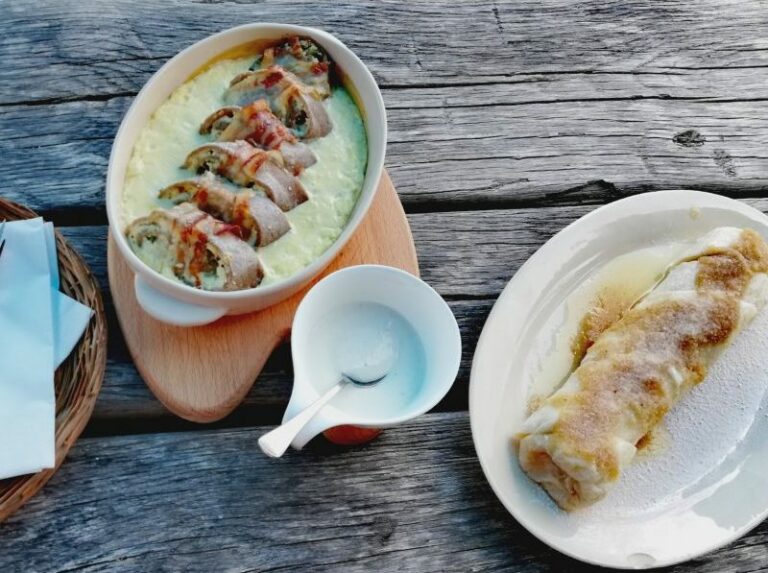Introduction: San Marino’s culinary culture
San Marino is a small republic located in the heart of Italy. Despite its small size, the country has a rich culinary culture that dates back many centuries. San Marino cuisine is heavily influenced by Italian cuisine, but it also has a unique character of its own.
San Marino’s gastronomy is characterized by the use of simple yet flavorful ingredients that are locally sourced. The country’s cuisine is also known for its traditional dishes that have been passed down from generation to generation.
Traditional dishes: What makes San Marino cuisine unique?
San Marino has a range of traditional dishes that are unique to the country. One of the most popular dishes is the ‘piadina’, which is a thin Italian flatbread that is filled with various meats, cheeses, and vegetables. Another popular dish is ‘passatelli’, a type of pasta made with breadcrumbs and Parmesan cheese.
San Marino cuisine also features a range of hearty soups, stews, and meat dishes that are perfect for cold winter nights. ‘Cacciatello’ is one such dish, which is a hearty stew made with rabbit, chicken, and pork. San Marino’s cuisine is also known for its use of truffles, which are often used to flavor pasta and meat dishes.
Cooking techniques: Traditional and modern styles
San Marino cuisine uses a range of cooking techniques, both traditional and modern. Traditional cooking techniques include slow-cooking, roasting, and grilling, which are used to bring out the natural flavors of the ingredients.
Modern cooking techniques such as sous-vide cooking and molecular gastronomy are also becoming popular in San Marino. These techniques allow chefs to create new and innovative dishes that push the boundaries of traditional cuisine.
Methods for preparation: From slow-cooking to flash frying
In San Marino, food is often prepared using slow-cooking methods, which allow the flavors to develop slowly over time. This is particularly true for stews and soups, which are often left to simmer for hours.
Flash frying is also a popular technique in San Marino cuisine. This method involves frying food quickly over high heat to create a crispy exterior while retaining a moist and flavorful interior.
Locally sourced ingredients: The key to authentic San Marino cuisine
Locally sourced ingredients are an important part of San Marino cuisine. The country’s cuisine is heavily reliant on fresh produce such as tomatoes, zucchini, and eggplant. Meat such as rabbit and pork are also commonly used.
San Marino’s cheese and wine industries are also important to the country’s culinary culture. The country produces a range of high-quality cheeses, including Pecorino and Parmesan, while its wine industry produces a range of excellent wines that complement the country’s cuisine.
Conclusion: Exploring San Marino’s gastronomic heritage
San Marino’s cuisine is a unique and flavorful blend of Italian and Sanmarinese influences. The country’s traditional dishes, cooking techniques, and locally sourced ingredients make it a must-visit destination for food lovers.
Whether you’re interested in trying traditional dishes such as piadina and passatelli, or you’re curious about the latest culinary trends in San Marino, there’s something for everyone in this charming republic. So why not explore San Marino’s gastronomic heritage and discover the flavors of this hidden gem in the heart of Italy?



